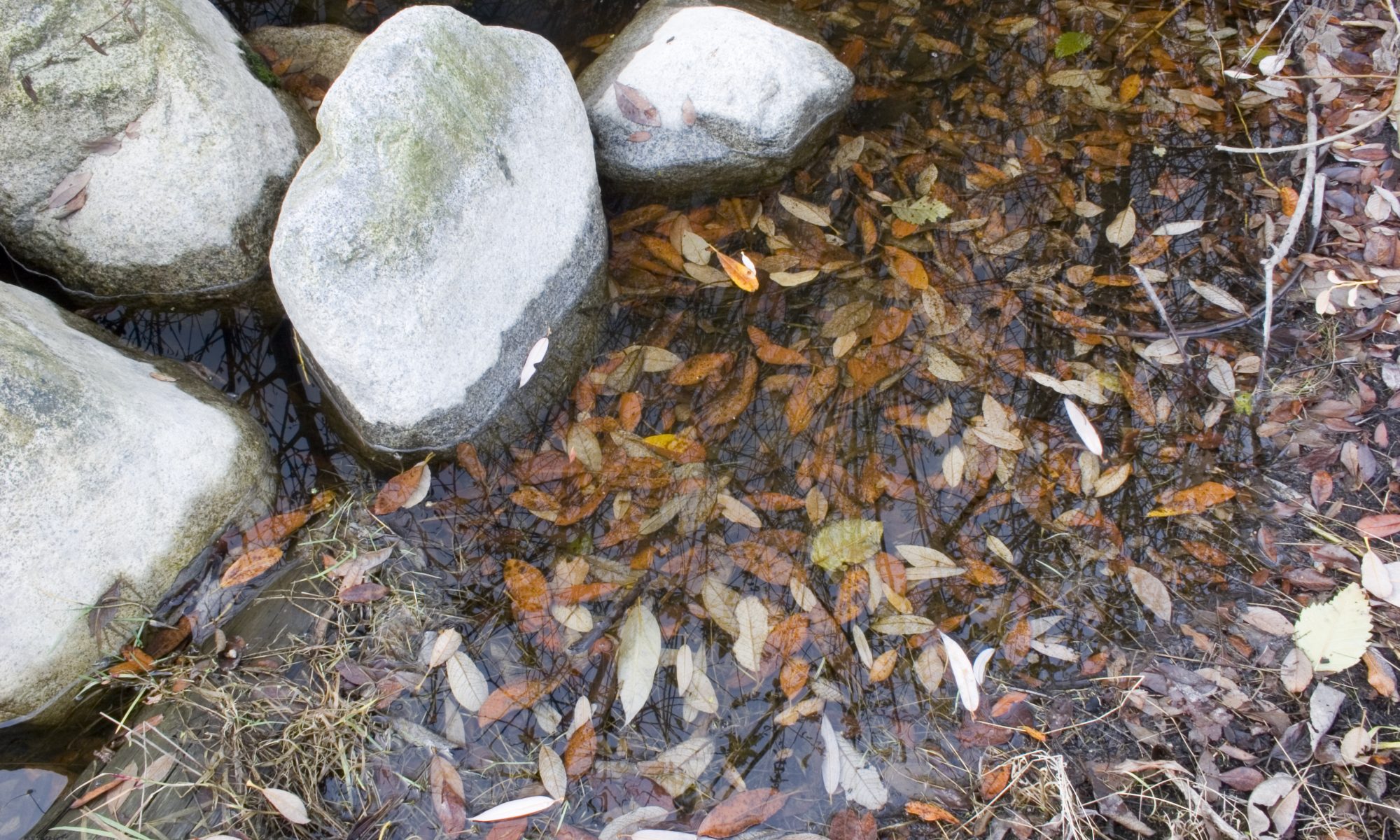The character and functions of the Ecosystem Guild is slowly emerging like a blurry Polaroid. Personally its been a crazy summer, with both my daughter heading overseas, and my family joining the Woodard Lane Co-Housing community, on the banks of Schneider Creek, among the West Bay ravines.
Three sections show progress toward our three-part vision of study, restore and protect.
Study
Each motivated citizen has the capability to deeply understand their lands and community
I’ve been building tool kits that let us store information about sites, complete vegetation inventories, use on-line maps to curate places, and continue to write articles. I am working on a reveg framework, expanding on The Cycles of Plant-Soil Work, leading to a revegetation retreat in spring, while continuing to support Citizen Science Institute with study materials, and hosting a Green Cove Open Space at Evergreen.
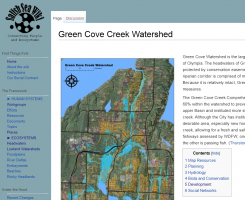 Salish Sea Wiki – I have established a wiki page for Green Cove Creek, and am starting a page for Grass Lakes Nature Reserve (see restoration), and Sundberg Gravel Pit (see protection). The wiki serves as a curated information archive. At my day job we are re-establishing a contract for management of the wiki to update the skin for mobile use, add some simple google map capabilities and google earth inter-operability, and install a WYSIWYG editor. Then we will start outreach to Western, UW, and Evergreen for long-term stewardship. The wiki is available if anyone wants to find and archive documents and information about their own watershed or places. We are looking for opportunities to teach graduate students about the wiki, as a tool for promoting and sharing their work. If you have a team that would like to learn to use the wiki, contact info@ecosystemguild.org
Salish Sea Wiki – I have established a wiki page for Green Cove Creek, and am starting a page for Grass Lakes Nature Reserve (see restoration), and Sundberg Gravel Pit (see protection). The wiki serves as a curated information archive. At my day job we are re-establishing a contract for management of the wiki to update the skin for mobile use, add some simple google map capabilities and google earth inter-operability, and install a WYSIWYG editor. Then we will start outreach to Western, UW, and Evergreen for long-term stewardship. The wiki is available if anyone wants to find and archive documents and information about their own watershed or places. We are looking for opportunities to teach graduate students about the wiki, as a tool for promoting and sharing their work. If you have a team that would like to learn to use the wiki, contact info@ecosystemguild.org- Google Earth Pro Maps – I set up a prototype for using google maps pro as a platform for linking to the wiki, and for transferring landscape data. There are google earth (KMZ) files or the Green Cove Creek watershed on the Green Cove Creek wikipage. We have a map of South Sound watersheds in the wiki on the Ecosystem Guild Watershed Page. You can download google earth pro for free, which is the easiest GIS platform.
 Vegetation Survey Tools – I have published an initial plant list and survey tool on a google sheet. Walking onto a site and documenting species present is a basic practice which supports restoration or protection. These tool kits are being organized on the Ecological Site Assessment page.
Vegetation Survey Tools – I have published an initial plant list and survey tool on a google sheet. Walking onto a site and documenting species present is a basic practice which supports restoration or protection. These tool kits are being organized on the Ecological Site Assessment page.- Works In Progress – I published a pair of articles in our local progressive monthly: Camping as a Way To Restore Watersheds, The Green Cove Estuary – Everything We Need Is Right Here.
- Next Step – Reveg Framework Article – I have been invited to write a proposal for a revegetation framework to be published in the Quarterly newsletter of the Society for Ecological Restoration Northwest. I hope this will be a springboard to Revegetation Camp, and signal ongoing collaboration with SERNW. I’ll be soliciting co-authors.
- Next Step – Revegetation Camp – I am starting development of a revegetation camp in 2020. This would involve a multi-day open space process, with
- Next Step – Middle School Resources – Following a conversation with the Citizen Science Institute, I expect to be generating materials that help Middle School Students study restoration and protection, particularly growing native plants to restore Grass Lakes Reserve. I am guessing that plant identification resources will be a critical foundation. They would benefit from volunteers who could show up and help them with project work during the school day.
- Next Step – Green Cove Open Space – I am planning on hosting a Green Cove Open Space event at Evergreen in Spring. If you are interested in learning about open space facilitation, we’ll need a small team to implement.
Restore
Through community we restore water, biomass and biodiversity.
Restoration is the crucible in which we test our understanding of ecological systems. Our initial work focuses on biomass and biodiversity, but ultimately restoration of water systems will be critical. Stewardship of Wangari’s Grove on public land is a natural first step, and connecting to the Marshall Nursery. Expansion could include either the Yogurt Farm site in north Grass Lakes or excursions to work on private lands.
 Wangari’s Grove – At our first tree planting with South Sound Green Party we planting into a young forest at the Kaiser Entrance to Grass Lakes, now casually named after Wangari Maathai. The City has data about their work to date on this 5-year-old planting. I would like to set up the ability to have casual tea, tending, and teach-ins there, so we can easily study restoration at Grass Lakes. The City is amenable to leaving a tool trailer on site. From there it will be easier to follow the seasons and learn what Guild Members want to study. The grove was a high biodiversity planting into a blackberry conversion with only a mowing and grubbing, and light mulch, so its somewhat of a mess and needs help. As such, and to justify the labor it will take, it could be developed as a seed collection and nursery site. There is already a nice population of Lupinus rivularis. The limitation is lack of water, but there is an adjacent wetland, so this could be solved with a header tank and a small solar pump, perhaps using existing sewer vaults, constructed and abandoned by the last development attempt before acquisition.
Wangari’s Grove – At our first tree planting with South Sound Green Party we planting into a young forest at the Kaiser Entrance to Grass Lakes, now casually named after Wangari Maathai. The City has data about their work to date on this 5-year-old planting. I would like to set up the ability to have casual tea, tending, and teach-ins there, so we can easily study restoration at Grass Lakes. The City is amenable to leaving a tool trailer on site. From there it will be easier to follow the seasons and learn what Guild Members want to study. The grove was a high biodiversity planting into a blackberry conversion with only a mowing and grubbing, and light mulch, so its somewhat of a mess and needs help. As such, and to justify the labor it will take, it could be developed as a seed collection and nursery site. There is already a nice population of Lupinus rivularis. The limitation is lack of water, but there is an adjacent wetland, so this could be solved with a header tank and a small solar pump, perhaps using existing sewer vaults, constructed and abandoned by the last development attempt before acquisition.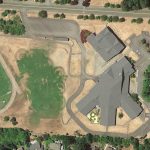 Next Step – Marshall Middle School – I am meeting with the Citizen Science Institute at Marshall to figure out how an Ecosystem Guild could help them (see study). There is a patch of forest on their grounds as well several acres of potential reforestation. They have an existing nursery and want to get into propagation of native plants. They are connected to around 20% of the of the watershed population. They could use volunteers during school hours.
Next Step – Marshall Middle School – I am meeting with the Citizen Science Institute at Marshall to figure out how an Ecosystem Guild could help them (see study). There is a patch of forest on their grounds as well several acres of potential reforestation. They have an existing nursery and want to get into propagation of native plants. They are connected to around 20% of the of the watershed population. They could use volunteers during school hours.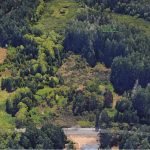 Next Step – Yogurt Farm – There is no restoration plan at the Yogurt Farm. Based on how City staff are talking, I expect this will be a second generation site, focused on successional design. Parks, with well timed advocacy from the Advisory Board, found money to install a trail from Road 65 to allow student pedestrian access. This connects to approximately 11 acres of potential reforestation.
Next Step – Yogurt Farm – There is no restoration plan at the Yogurt Farm. Based on how City staff are talking, I expect this will be a second generation site, focused on successional design. Parks, with well timed advocacy from the Advisory Board, found money to install a trail from Road 65 to allow student pedestrian access. This connects to approximately 11 acres of potential reforestation.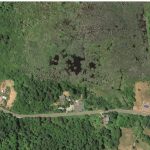 Next Step – Kaiser Wetland NE Shore – We have two landowners who are interested in collaborative stewardship of a couple acres of young alder forest around an old Spruce grove, and next to some Capital Land Trust plantings on private and public lands. This could be The Guilds first foray into private land, once we have enough of a community.
Next Step – Kaiser Wetland NE Shore – We have two landowners who are interested in collaborative stewardship of a couple acres of young alder forest around an old Spruce grove, and next to some Capital Land Trust plantings on private and public lands. This could be The Guilds first foray into private land, once we have enough of a community.
I have not gotten as far along with the private lands on the NE Shore of Kaiser Wetlands. I think we need a source of plants to do the work, and we missed the window for site prep in nice weather.
Grass Lakes has been shaping up, as City Environmental Services
Protect
We shape development so that it regenerates ecosystems as our population grows
I am concerned that we don’t have a strong protection strategy. What I see from my initial surveys, is that we have an opposition strategy, but not a clear direction for what protection looks like as a proactive effort.
- Sundberg Mill Site – After preparing a letter criticizing the Green Cove Garden development proposal , I’ve been curating a wiki page, and occasionally meeting with advocates. Esther Kronenberg has been a stalwart leader through this process, gathering and distributing information, coordinating and supporting the efforts of others. The City has provided substantive comments to the developer, requiring a more robust investigation of toxicology, and describing weakness of the storm water plan. The game is still afoot.
- Next Step – City Government – The city council election is a little over a month away, and there is very limited focus on ecosystem stewardship as part of the housing crisis. Progressive effort appears to be focused on short game resistance to individual development proposals. The long time City Manager has retired, creating a power vacuum that will be soon filled at City Hall.
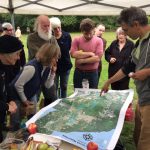 Next Step – Watershed Analysis – The last undeveloped tributary into Green Cove Creek is largely owned by developers. There are exceptional restoration opportunities in large parcels along the upper Green Cove main-stem. Our best farm soils are at risk of being chopped into a large lot rural residential landscape. These opportunities, and development pressures has not been well defined. The City and County may not have the tools they need to make decisions. There has been no cumulative effects assessment of development on the stream. Both Wild Fish Conservancy and South Puget Sound Salmon Enhancement Group are working on some habitat assessments in Green Cove Creek. I will be exploring various part of watershed analysis through interviews with Evergreen faculty to understand their interest and internship processes. I will need to work with or create institutions able to support interns.
Next Step – Watershed Analysis – The last undeveloped tributary into Green Cove Creek is largely owned by developers. There are exceptional restoration opportunities in large parcels along the upper Green Cove main-stem. Our best farm soils are at risk of being chopped into a large lot rural residential landscape. These opportunities, and development pressures has not been well defined. The City and County may not have the tools they need to make decisions. There has been no cumulative effects assessment of development on the stream. Both Wild Fish Conservancy and South Puget Sound Salmon Enhancement Group are working on some habitat assessments in Green Cove Creek. I will be exploring various part of watershed analysis through interviews with Evergreen faculty to understand their interest and internship processes. I will need to work with or create institutions able to support interns.- Next Step – Green Cove Open Space – I am hopeful that a protection discussion will develop through Open Space, so that we can begin to define a watershed protection vision sustains water, biomass, and biodiversity. If you are interested in learning about open space facilitation, we’ll need a small team to implement.

